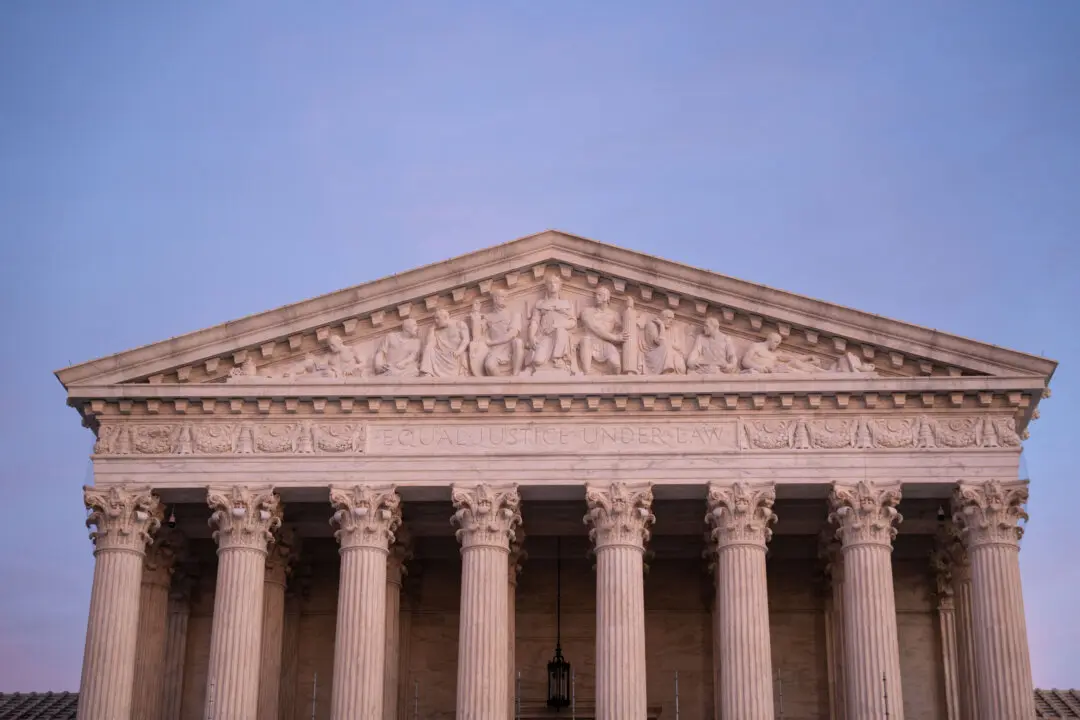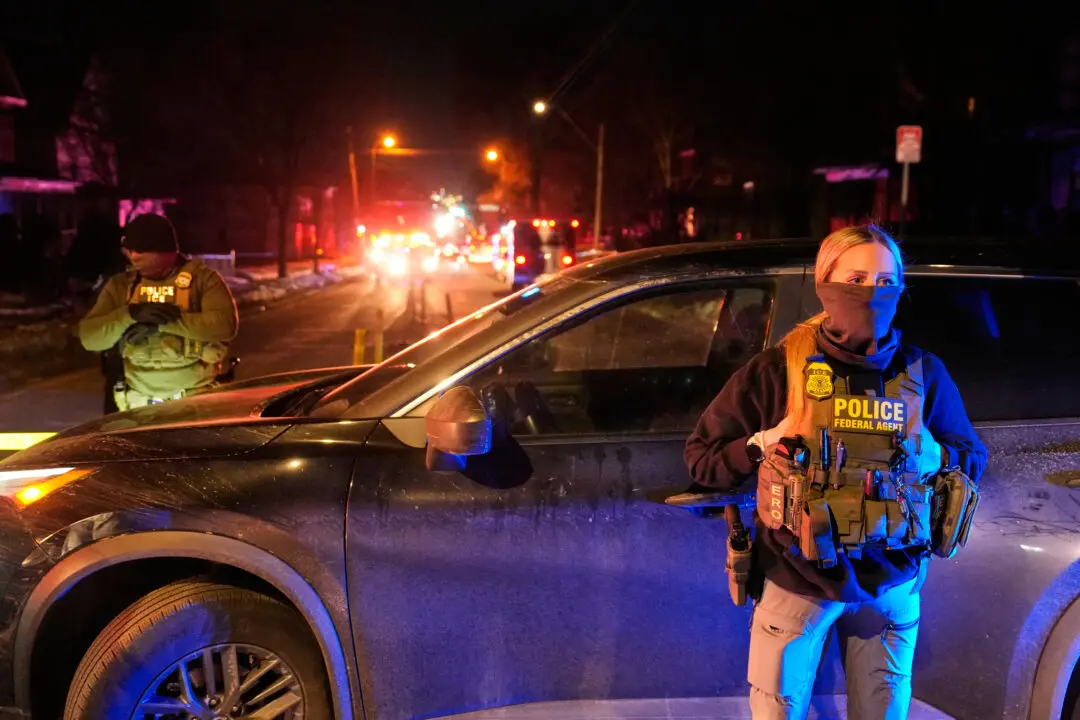The Alabama Supreme Court issued an order on Nov. 1 effectively allowing the state to execute a man through asphyxiation with nitrogen gas, a new method that has fueled debate over the death penalty.
The order didn’t specify the method of execution, but Attorney General Steve Marshall has requested the use of nitrogen hypoxia, the Associated Press reported. Wednesday’s order requires Gov. Kay Ivey to set a date for the Department of Corrections to execute the defendant, 58-year-old Kenneth Smith, who underwent the third botched execution attempt by the state in 2022.





